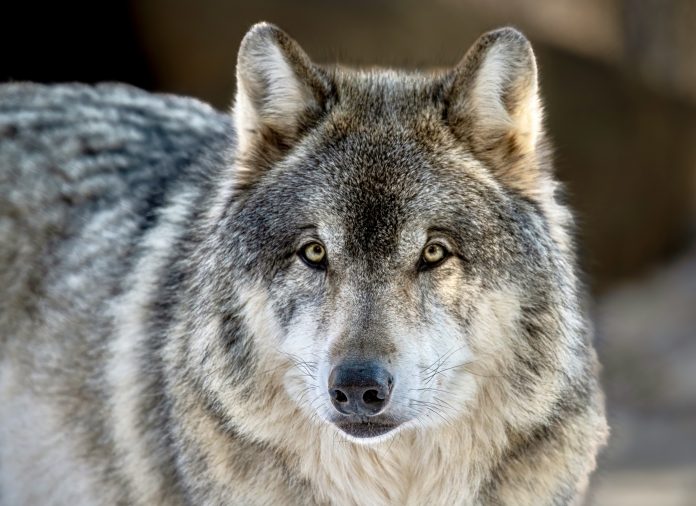
Wolves Discovered In Nevada For The First Time In Eight Years Giving Hope For The Future Of Their Species
You can help all animals and our planet by choosing compassion on your plate and in your glass. #GoVeg
RELATED ARTICLES
Banning Cruelty: New Legislation Aims To Ban Octopus Farming In The U.S.
New bipartisan legislation has just been introduced in the U.S. to ban commercial octopus farming and prohibit imports of farmed octopus from foreign countries.
The...
Outrage In Yellowstone! Grizzly Bear Killed By Wildlife Officials & Left With Head & Paws Cut Off
Photo by: Trisha McFarland / Cowboy State Daily
A photo of a dead grizzly bear with its head and paws cut off has caused an...
Inside Florida’s Illegal Horse Meat Trade: Undercover Footage Shows Racehorse Being Shot & Butchered
A heart-wrenching discovery of illegal horse slaughter has emerged, with video footage exposing the tragic killing of a racehorse named 'Funny Biz,' who was...
Popular stories
News
Las Vegas City Council Passes New Bill To End Illegal Breeding Operations & Puppy Mills
On April 5th, the Las Vegas City Council narrowly adopted Bill No. 2023-6 to amend professional animal handler and breeder permits. The new ordinance was created...
Breaking News
Tragedy To Triumph: Rehabilitated Orphaned Koala Seen With Her Newborn Joey In The Wild
Photo by: Kim Lewis / © Friends of the Koala
After being rescued as a joey in Australia, an orphaned koala named Kookie spent months...
News
The Orangutan Project & Rescue Alliances Aim To Provide A Lifeline For Critically Endangered Orangutans That Have Been Trafficked
The Orangutan Project, an organization that focuses on securing the survival of orangutans and other Critically Endangered species in Indonesia, has seen an alarming increase in...


